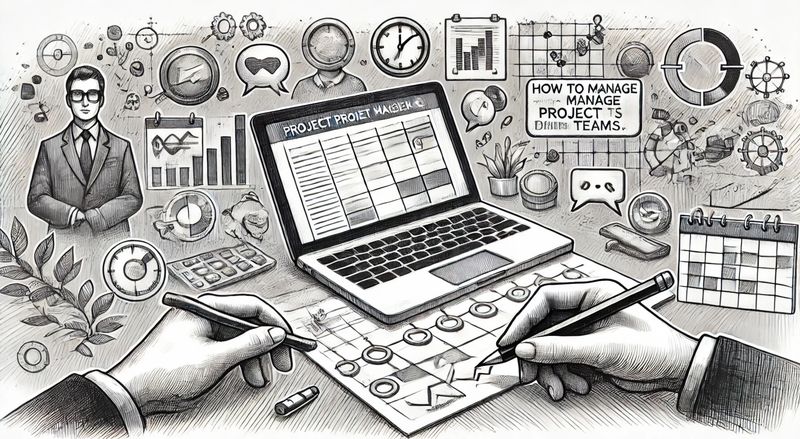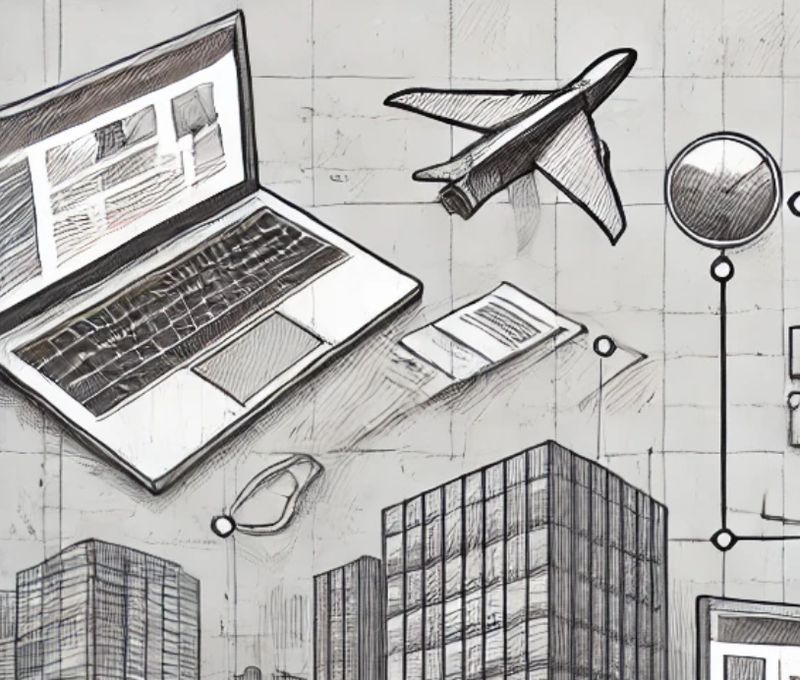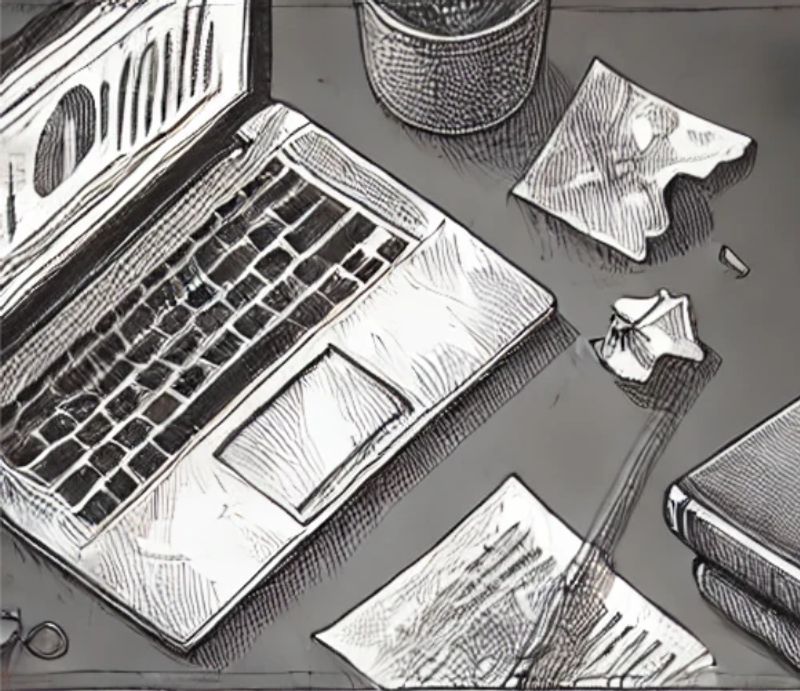How to Manage Projects with Distributed Teams

Establish Clear Communication Channels
Clear and effective communication is the backbone of any successful project, but it’s especially crucial for distributed teams where physical presence and quick exchanges aren’t as readily available. To build a seamless communication framework, it’s helpful to select specific channels for different types of discussions. For instance, use video calls for weekly meetings where the team can connect face-to-face, which helps reduce miscommunication and builds a sense of team unity. For daily updates, try instant messaging platforms where people can share quick information without clogging up inboxes.
Establishing routines can also keep everyone on the same page. Option 1: Encourage team members to check in at the beginning of their workday. Option 2: Use regular check-ins at different times, especially if team members work across varying time zones. This gives everyone a chance to feel heard and aligned, ensuring no team member feels left out due to time differences.
Define Roles and Responsibilities Clearly
In a distributed team, where everyone is working independently, it’s easy for tasks to overlap or for some responsibilities to get overlooked. To avoid this, start by assigning distinct roles and responsibilities to each team member. This creates a structure and helps everyone understand what’s expected of them. Before diving into project tasks, set clear goals with each person. For example, during the initial project planning stage, ask each team member to outline what they need from others to complete their tasks efficiently. Option 1: Encourage each member to define their primary deliverables and share them with the team. Option 2: Schedule regular review sessions where everyone can highlight their progress and any challenges they’re facing.
Effective project management tools, like project management software that allows you to assign and track tasks in real-time, can greatly assist in keeping everyone organized. Not only do these tools create transparency, but they also allow each team member to view the project timeline, ensuring that everyone stays aligned with deadlines and overall progress.
Build a Strong Team Culture
Working with a distributed team doesn’t mean sacrificing team spirit. A strong team culture can make a remote team feel just as connected as one that shares an office. Start by setting team values that everyone can align with. Whether it’s respect, open-mindedness, or punctuality, having these values in place helps establish an environment where everyone feels valued.
Option 1: Incorporate team-building activities into your regular workflow. For example, organize a monthly online event where team members can play games, discuss non-work topics, or share about themselves. Option 2: Encourage mentorship within the team by pairing senior team members with newer ones to help them integrate smoothly and feel supported.
When possible, celebrate milestones together. Even if the team can’t gather in person, marking achievements together helps everyone stay motivated and appreciated. For instance, send a team-wide email celebrating the successful completion of each project phase or arrange a video call for everyone to discuss their contributions and reflections on the project.
In summary, managing a distributed team requires extra attention to communication, organization, and team culture. By creating clear communication practices, defining responsibilities, and fostering a strong culture, project managers can ensure their teams remain productive, motivated, and cohesive, regardless of physical distance.





